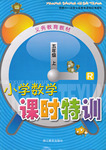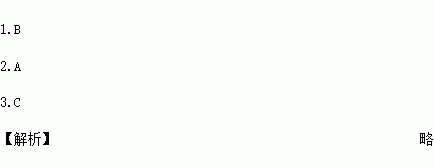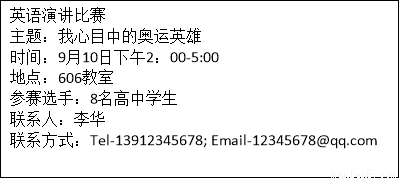题目内容
Nervous suspects locked up in Britain’s newest police station may feel relieved by a pleasant yellow color on the door . If they are close to confessing(供认)a crime , the blue on the wall might tip the balance .
Gwent Police have abandoned colors such as greys and browns of the 20th-century police cell(牢房)and have used color psychology to decorate them .
Ystrad Mynach station , which recently opened at a cost of £5 million has four cells with glass doors for prisoners who suffer from claustrophobia(幽闭恐怖症). Designers have painted the frames yellow , which researchers say is a calming color . Other cells contain a royal blue line because psychologists believe that the color is likely to encourage truthfulness .
The station has 31 cells , including 12 with a “live scan” system for drunken or disturbed prisoners , which detects the rise and fall of their chest . An alarm alerts officers if a prisoner’s breathing stops and carries on ringing until the door is opened .
Designers and psychologists have worked for years on color . Blue is said to suggest trust , efficiency , duty , logic , coolness , thinking and calm . It also suggests coldness and unfriendliness . It is thought that strong blues will stimulate clear thought and lighter , soft colors will calm the mind and aid concentration .
Yellow is linked with confidence , self-respect and friendliness get the color wrong and it could cause fear , depression and anxiety , but the right yellow can lift spirits and self-respect .
Ingrid Collins , a psychologist who specializes in the effects of color , said that color was an “ energy force ” . She said : “ Blue does enhance communication but I am not sure it would enhance truthful communication . ”
Yellow , she said , affected the mind . Red , on the other hand , should never be considered because it could increase aggression . Mrs. Collins praised the designers for using colors in the cells . Gwent is not the first British force to experiment with color to calm down or persuade prisoners to co-operate , In the 1990s Strathclyde Police used pink in cells based on research carried out by the US Navy .
1.The expression “ tip the balance ” in Paragraph 1 probably indicates that the blue might __________ .
A. let suspects keep their balance
B. help suspects to confess their crimes
C. make suspects cold and unfriendly in law court
D. enable suspects to change their attitudes to colors
2.Which of the following helps alert officers if someone stops breathing ?
A. Scanning equipment . B. Royal blue lines .
C. Glass doors . D. Yellow frames .
3.The passage is mainly concerned with __________ .
A. the relationship between colors and psychology
B. a comparison of different functions of colors
C. the use of colors in cells to affect criminals’ psychology
D. scientific ways to help criminals reform themselves in prison
 导学教程高中新课标系列答案
导学教程高中新课标系列答案 小学课时特训系列答案
小学课时特训系列答案

